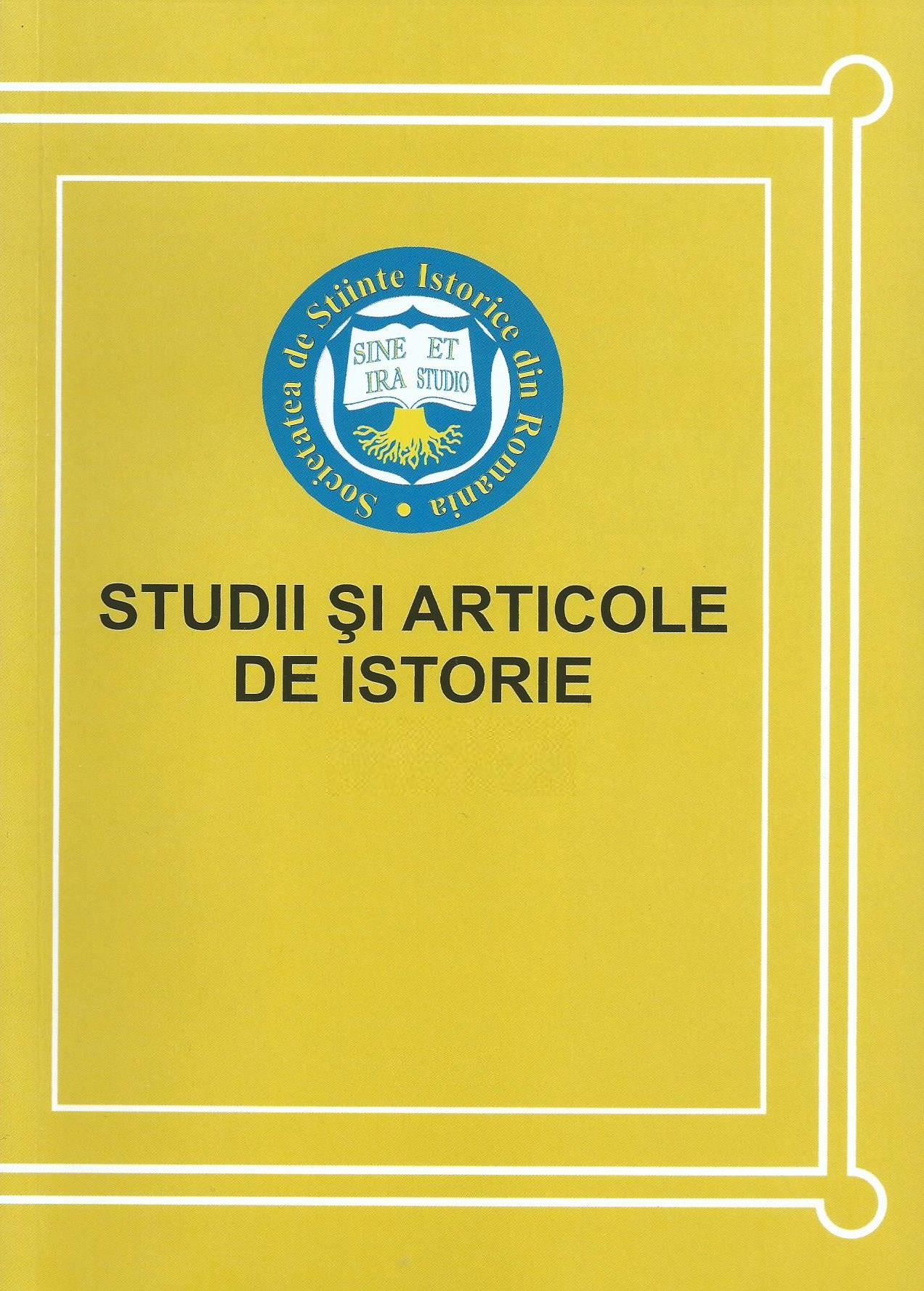BOTOŞANI ŞI NICOLAE IORGA
(TINEREŢEA, MATURITATEA, SENECTUTEA,
1886-1940)
BOTOŞANI AND NICOLAE IORGA
(YOUTH, MATURITY, OLD AGE, 1886-1940)
Author(s): Dan ProdanSubject(s): History, Recent History (1900 till today), 19th Century
Published by: Societatea de Ştiinţe Istorice din România
Keywords: history of the intelectual elites; Romania; Botoşani; N. Iorga; youth; maturity; venerable age; 1886-1940; posterity;
Summary/Abstract: In this contribution, I will approach the relationship between the community ofBotoşani and N. Iorga, sometimes refered to as „Son of Botoşani", during his youth,maturity, old age, from 1886 to 1940, specifying that during that period the historianno longer lived in Botoşani, but in other localities in the country (Iaşi, Bucharest,Vălenii de Munte, Iaşi, Sinaia), with frequent trips abroad. His visits to his hometown became, especially after 1900 (the year his mother moved with her family in Bucharest),a real career, logistics, and time challenge. The relation between the two elements,Botoşani on one side, and N. Iorga on the other, was a real challenge for the twoactors (the town's administration and intellectuals – the famous son of the town), areal topic for the study of the life, work and personality of the genius from Botoşani.In August 1886, the student N. Iorga moved to Iasi and enrolled at the„National" High School, in the 6th grade, being admitted to the scholarship exam. Asa pupil at the high school (1886-1888) and student at the University of Iaşi, Facultyof Letters (1888-1889), in his first years of research activity and university teaching(1890-1900), N. Iorga returned to his hometown of Botoşani during the school and academic holidays, where his mother Zulnia Iorga lived alone, at a cheap host, in amodest house at the outer limits of the town..In February 1901, N. Iorga married Ecaterina (Catinca) Bogdan who camefrom a well-known family of intellectuals in Braşov, a marriage that lasted fourdecades and that was destroyed only by the brutal murder of N. Iorga in the night ofNovember 27/28, 1940, by a „legionary team of death". His mother Zulnia Iorgamoved permanently to Bucharest in 1900, where she took care of the house, hernephews and nieces. As a result, N. Iorga's relations with Botoşani became of lessimportance to him, although the northern Moldavian town remained forever thebirthplace of the incisive, active and volcanic university professor, historian, lecturer,journalist, politician, patriot, man of culture. Concrete outcomes of these categoriesof concerns were the visits of N. Iorga to Botoşani, in the years: 1903-1908, 1911,1914, 1917, February and September 1922, July and December 1924, 1926, 1927,1931. The links between Iorga and Botoşani, through some local institutions and personalities, or teaching staff, political supporters, painters or simple citizens was manifest on several levels: civic, cultural, scientific, political, educational, journalistic,epistolary, actions aimed at the preservation of local memory, communication.In June 1931, N. Iorga had a solemn birthday celebration in the hall of the„Mihai Eminescu" Theatre from Botoşani, a representative gift of the town for itscelebrated son with the occasion of his sixtieth birthday, because „Honouring greatpeople is a sign that we honour ourselves. And no one is more worthy of our honourthan N. Iorga, who himself honoured the name of Romanian".The son of the town mattered even more to the people of Botoşani when he wasPrime Minister and Minister of Public Instruction and Religion (April 1931-June 1932),in the hope and illusion of obvious, palpable changes for the better in Romanianinternal life and in the material, cultural, educational, spiritual situation of his fellowcitizens. But N. Iorga belonged to the pre-war and inter-war Romanian politicalsystem, in which he specifically integrated and manifested within objective andsubjective limits, according to his personality, individuality and political programme.In June 1938, N. Iorga visited again Botoşani and its surroundings at theNational Congress of the Cultural League from Romania. Unbeknownst to him at thetime, N. Iorga's visit to his hometown during the mentioned period was also the last ofhis life constantly agitated and full of activities and events with various origins and purposes. The brutal murder of N. Iorga, on the night of November 27/28, 1940,obviously shocked the inhabitants of Botoşani town and county. The impact of thenews of the abominable murder was equally strong on the teachers and students ofthe „Laurian" High School, where the deceased was a student between 1881-1886.After the suppression of the legionary rebellion from January 21-23, 1941, thearrest / flight to Hitler's Germany of the legionnaires involved in the tragic andbloody events, the social, political, economic, cultural, educational life becamenormal, so the religious, civic, scientific etc. commemoration of N. Iorga becamepossible. Thus, on Sunday March 16, 1941, at 11:30 a.m., „a memorial service for therepose of the soul of the one who was and always will be Neculai Iorga” was held atthe Uspenia church-cathedral in Botoşani. Two months later in May 1941, thejournalist N.D. Andrieş from Botoşani commemorated the personality of NicolaeIorga, briefly highlighting the main milestones and achievements of the life and workof the encyclopedist titan born in Botoşani. Later, the Association of former studentsof the „Laurian" High School in Botoşani started the steps to collect the amount money, through public collection, to erect a bust and then a statue of N. Iorga, to be placed in front of the high school building.
Journal: Studii şi articole de istorie
- Issue Year: 2023
- Issue No: 90
- Page Range: 20-55
- Page Count: 36
- Language: Romanian

